Working on Paper
Robert Mangold, Sylvia Plimack-Mangold
The rail line is called Metro North. It travels along the shore of the Hudson River into the Hudson Valley. For over thirty years, we have made the trip once or twice almost every year in the spring, in the fall, to see Sylvia and Robert Mangold. Calling these excursions a “studio visit” falls short as a description. For a number of hours, we leave the art capital of New York behind us. The capital of claims and assertions, one could say, for the evaluative discourse wishing to take on this art scene has long since come to naught.
We visit the Mangolds in their living space and working space. The low-set farmhouse amidst a hilly terrain containing the living quarters as well as the studio of Sylvia Plimack Mangold and the reddish brown barn in which the windowless skylight-illuminated studio of Robert Mangold has been quasi inserted – this spatial framework transmits constancy, intensity, attentiveness. Art is not merely created here. Here art is a way of life. The walls of the house contain lovely small works by artists who belong or belonged to their circle of friends, but also drawings, woodcuts and etchings by Corinth, Feininger and Albers. The collection, assembled from an artist’s perspective, ushers one into the atmosphere that the occupants hold dear.
In the mid-1970s, after thirteen important years in the city as part of the then-dense and significant art community, Sylvia Plimack Mangold and Robert Mangold relocated here. Certainly they were of the conviction that this brought a distancing that would be conducive to their work. The art life of New York always remained in reach, but their own works did not need its constant attestations close at hand. Nonetheless, an artist can never evade the justification of his or her own work.
The life partnership of the artist couple is continually subjected to the virulence and responsibility preordained by this aspect. Robert Mangold commented to Richard Shiff on such as follows: “Sylvia and I curiously were doing work that was both very different and in ways very related. I’m not sure we can recall the exchanges we had, but over the years there has been many cross influences, we have learned a great deal from each others work.”
For us, entering the studio of Robert Mangold is always a special experience. It is a vessel akin to a harmonious resonance cavity. Nowhere do the expansive canvases unfurl their persuasive powers better than in this place. Intuition, planning, execution unite to make a valid form. But what really counts is the surprise that sets in prior to each new group of works. Several wonderful drawings and pastels on a wall of the studio offer a presentiment, but the insistent and self-evident presence of the paintings can only be experienced in the here and now. These works possess a steady, self-sustaining basis. The historical caesura that shook the world of art in the 1960s had prompted Mangold to stand by painting. He saw opportunities for renewal in the analysis and creative engagement with the means by which paintings defines themselves. The result was an impressive and substantiated building to which new rooms have been continually added, a life’s work, rich and full of manifold facets.
The studio of Sylvia Plimack Mangold is more permeable, oriented to the outside. It is carried forth to the groups of trees, or better still, the precisely defined constellations of trees immediately surrounding the house. For Sylvia’s painting, a small number of motifs are of great importance as a stable, visual reference. They are part of the immediate surroundings and provide a source of daily encounters and interactions. In New York, in the late 1960s and early 1970s, magnificent paintings and drawings were produced offering spiritual exercises of visual cognition, as it were, by way of the carefully defined cutouts found in the loft inhabited by the artists at the time. Not to be ignored, however, is the fact that these are not conceptual works, but employ the means and traditions of realistic painting in a highly personal and joyful manner to lend the artifact fulfillment, depth and beauty. Between 1977 and 1985, the paintings of Sylvia Plimack Mangold explored the new, rural environment. Starting in 1986, a focusing took hold. The motifs were then precisely delineated and named. The Locust Tree, The Linden Tree, The Locust Tree with Maple, The Elm Tree. A liberation and differentiation of the application of color becomes visible, a densification of the painted surfaces. The active dialog between the painter and her canvas stretches over lengthy periods of time, resulting in summer paintings, winter paintings. Times of the year and lifetime enrich the substance of these works.
Accordingly, we never encounter many paintings on a visit to the studio. It is all the more a privilege to take part in the becoming and the consummation of the works as a beholder.
The works on paper on view in our exhibition validly represent the various work periods of Sylvia Plimack Mangold and of Robert Mangold.
Installation views
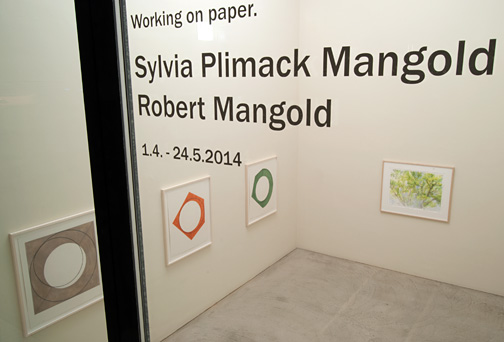
Installation view room 4

Installation view room 1
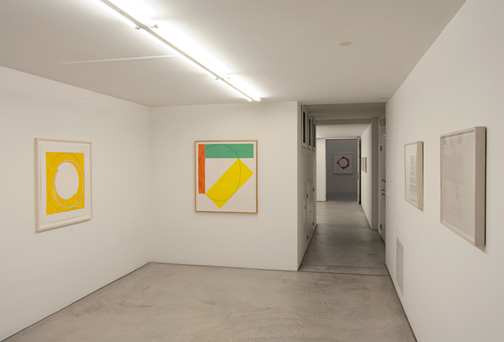
Installation view room 2

Installation view room 2
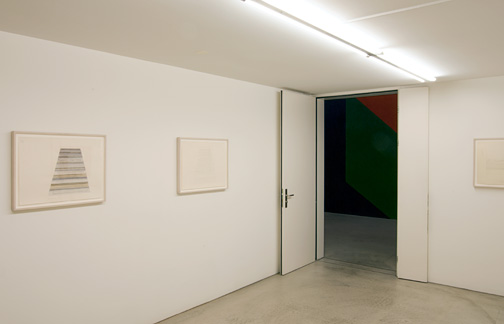
Installation view room 2
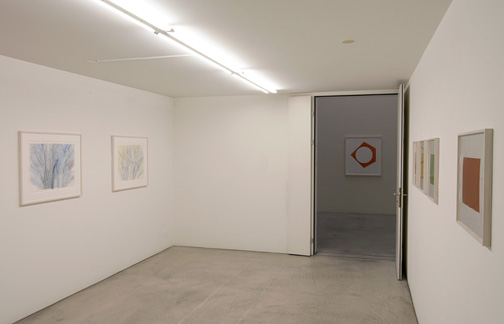
Installation view room 3
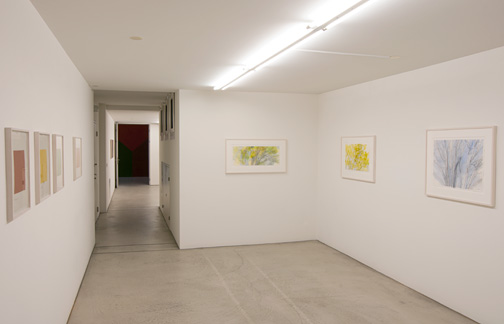
Installation view room 3

Installation view room 3
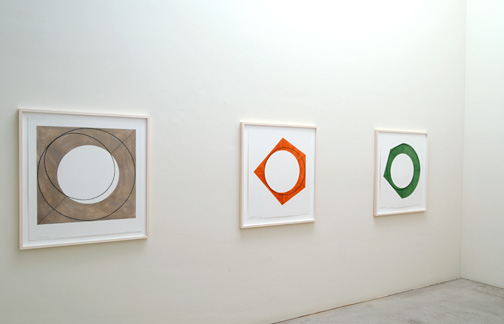
Installation view room 4

Installation view room 4
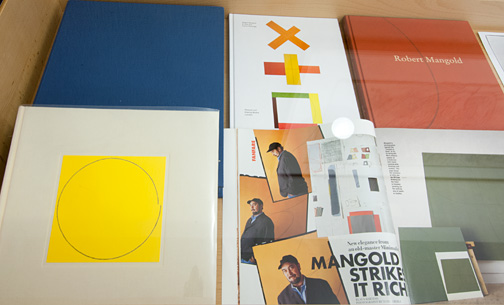
Installation view office room

Installation view office room

Installation view office room
Works

Robert Mangold
Tall Column A (Dark Blue)
2005
217.2 x 55.9 cm
etching / aquatint
Ed. 10/35

Robert Mangold
Plane/Figure
1992
105.4 x 148.6 cm
graphite on paper
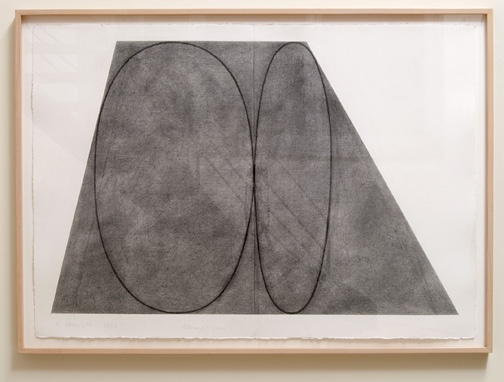
Robert Mangold
Plane/Figure
1992
105.4 x 148.6 cm
graphite on paper

Robert Mangold
Framed Square with Open Center IV 1st version
2013
81.3 x 75.6 cm
pastel and pencil on paper
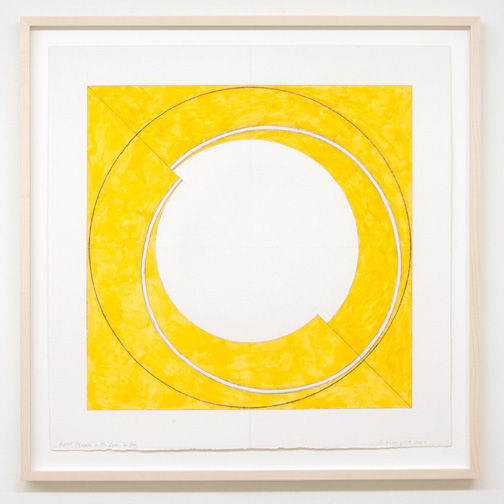
Robert Mangold
Split Square with Open Center
2012
76.2 x 75.6 cm
pastel and pencil on paper
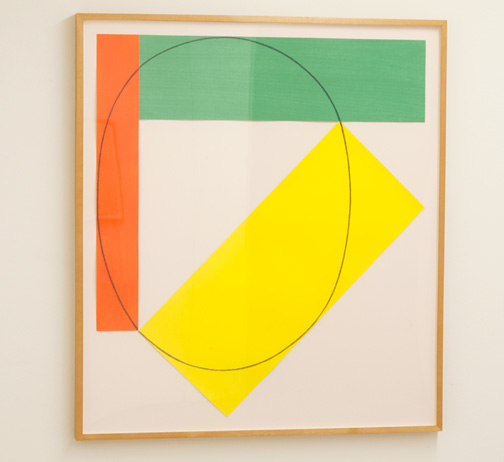
Robert Mangold
Three Color Frame Painting
1985
92 x 81.3 cm
acrylic and pencil on paper
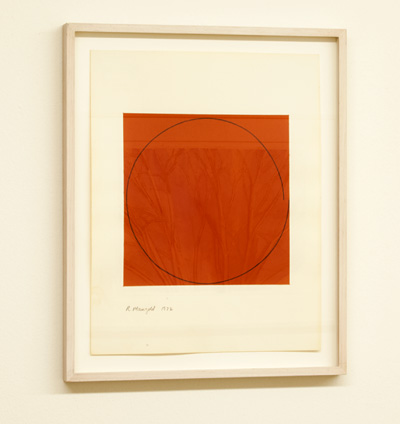
Robert Mangold
Distorted circle within a orange square
1972
35.6 x 28 cm
acrylic on paper
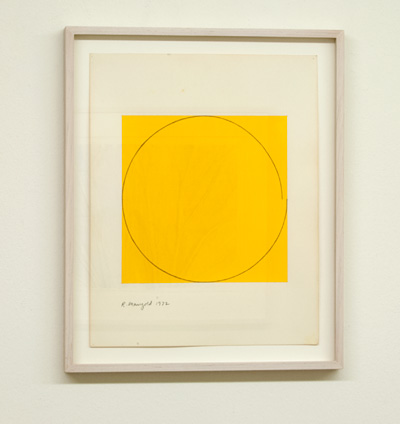
Robert Mangold
Distorted circle within a yellow square
1972
35.6 x 28 cm
acrylic on paper
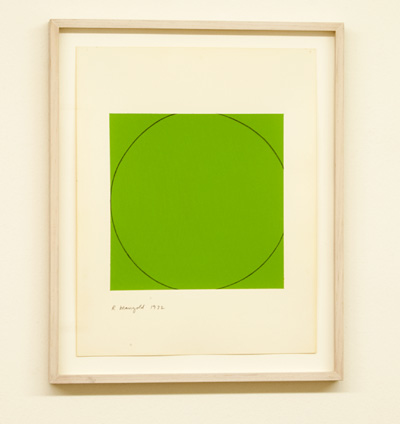
Robert Mangold
Distorted circle within a green square
1972
35.6 x 28 cm
acrylic on paper
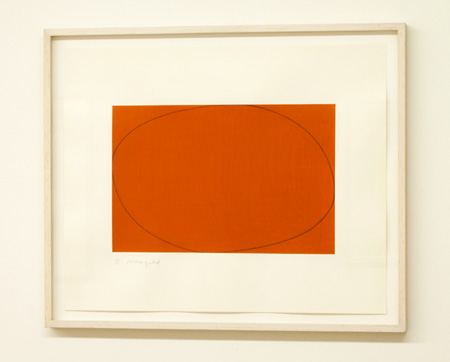
Robert Mangold
Distorted Ellipse / Rectangle
1972
38.3 x 45.5 cm
acrylic and pencil on paper

Robert Mangold
Untitled Study
2011
81.3 x 75.6 cm
pastel and pencil on paper
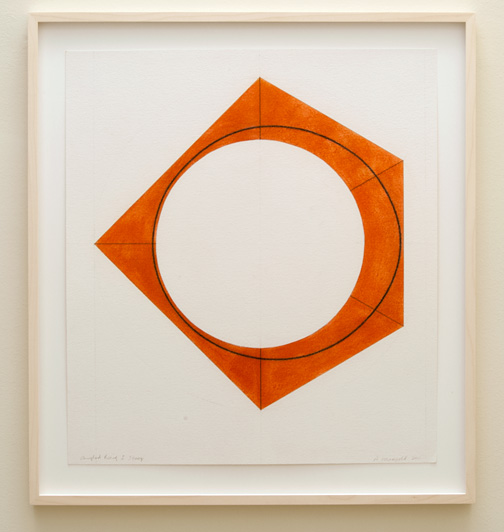
Robert Mangold
Angled Ring I Study
2011
76.2 x 68.6 cm
pastel and pencil on paper

Robert Mangold
Compound Ring Study
2012
76.2 x 70.5 cm
pastel and pencil on paper

Sylvia Plimack Mangold
Maple Tree
2009
38.7 x 76.8 cm
pencil on paper

Sylvia Plimack Mangold
Study for „Hallway“
1969
45.7 x 61 cm
pencil on paper

Sylvia Plimack Mangold
Untitled (staircase)
1968
45.7 x 61 cm
acrylic and pencil on paper

Sylvia Plimack Mangold
Untitled (staircase)
1968
45.7 x 61 cm
pencil on paper
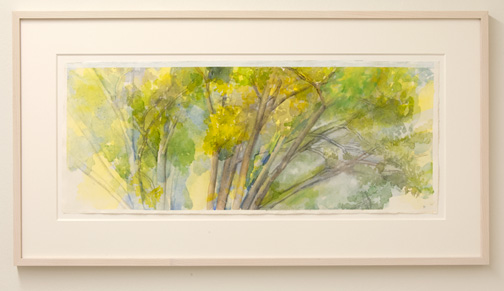
Sylvia Plimack Mangold
The Pin Oak 10/06/05
2005
30.5 x 75.5 cm
graphite, watercolor and acrylic paint on paper

Sylvia Plimack Mangold
The Pin Oak
4/10 + 3/13
2010 / 2013
37 x 60 cm
graphite and watercolor on paper
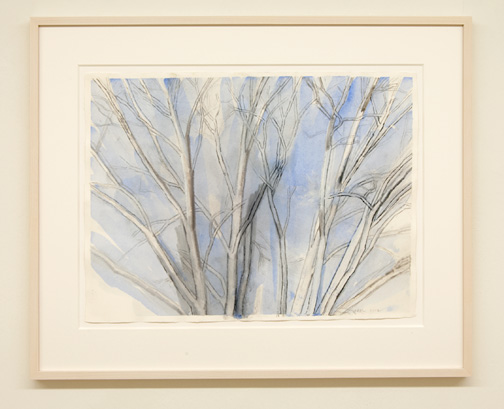
Sylvia Plimack Mangold
Blue Pin Oak
2012
45.5 x 60 cm
graphite, watercolor and oil on paper
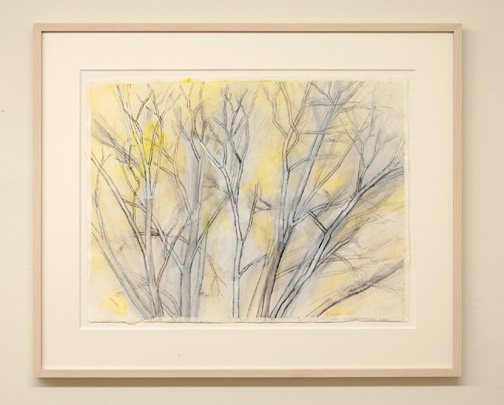
Sylvia Plimack Mangold
The Pin Oak 04/11/10
2010
45.5 x 61 cm
graphite and watercolor on paper
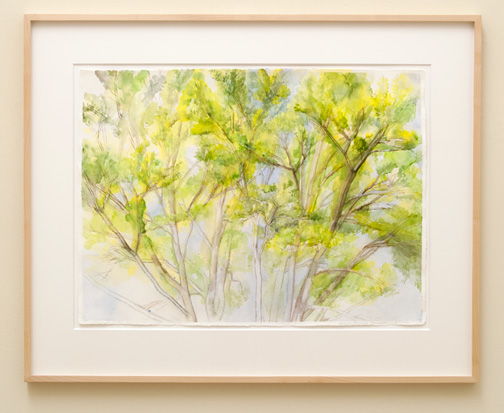
Sylvia Plimack Mangold
The Pin Oak 6/15/02
2002
56 x 76.2 cm
watercolor and pencil on paper
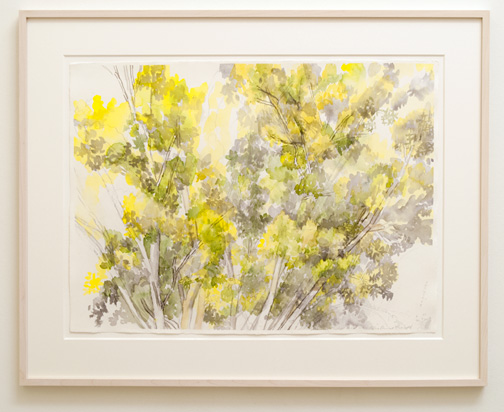
Sylvia Plimack Mangold
The Pin Oak 9/12
2012
56.5 x 76 cm
graphite and watercolor on paper
New
Exhibition
Dan Flavin (1933–1996) and Will Insley (1929–2011)
March 6 to April 26, 2024
New publications
James Bishop
James Bishop
Publisher: ER Publishing, Edited by Molly Warnock
Joseph Egan
Joseph Egan and Anton Himstedt: Common Ground
Publisher: Josef Albers Museum Quadrat Bottrop, Ulrike Growe
Exhibitions / Insight
INSIGHT #3 spotlights the graphic work of Fred Sandback through three examples from 1974 and 1982.
Joseph Egan, Ptolemäus: Die Welt im Griff? Antike Kartographie und zeitgenössische Kunst, Kunsthaus Grenchen
3. März bis 26. Mai 2024
Dan Flavin, Widmungen aus Licht, Kunstmuseum Basel
2. März bis 18. August 2024
Rita McBride, Momentum,
Dia Beacon, Beacon, NY,
July 1, 2023 to January 2025
Fred Sandback, Kurt Büsser ermöglicht... Erich Buchholz und Fred Sandback, Museum Wiesbaden
19. Januar bis 14. April 2024
Sol LeWitt (1928–2007)
A Wall Drawing Retrospective
Yale University Art Gallery and Williams College Museum of Art
November 16, 2008 – 2033

